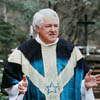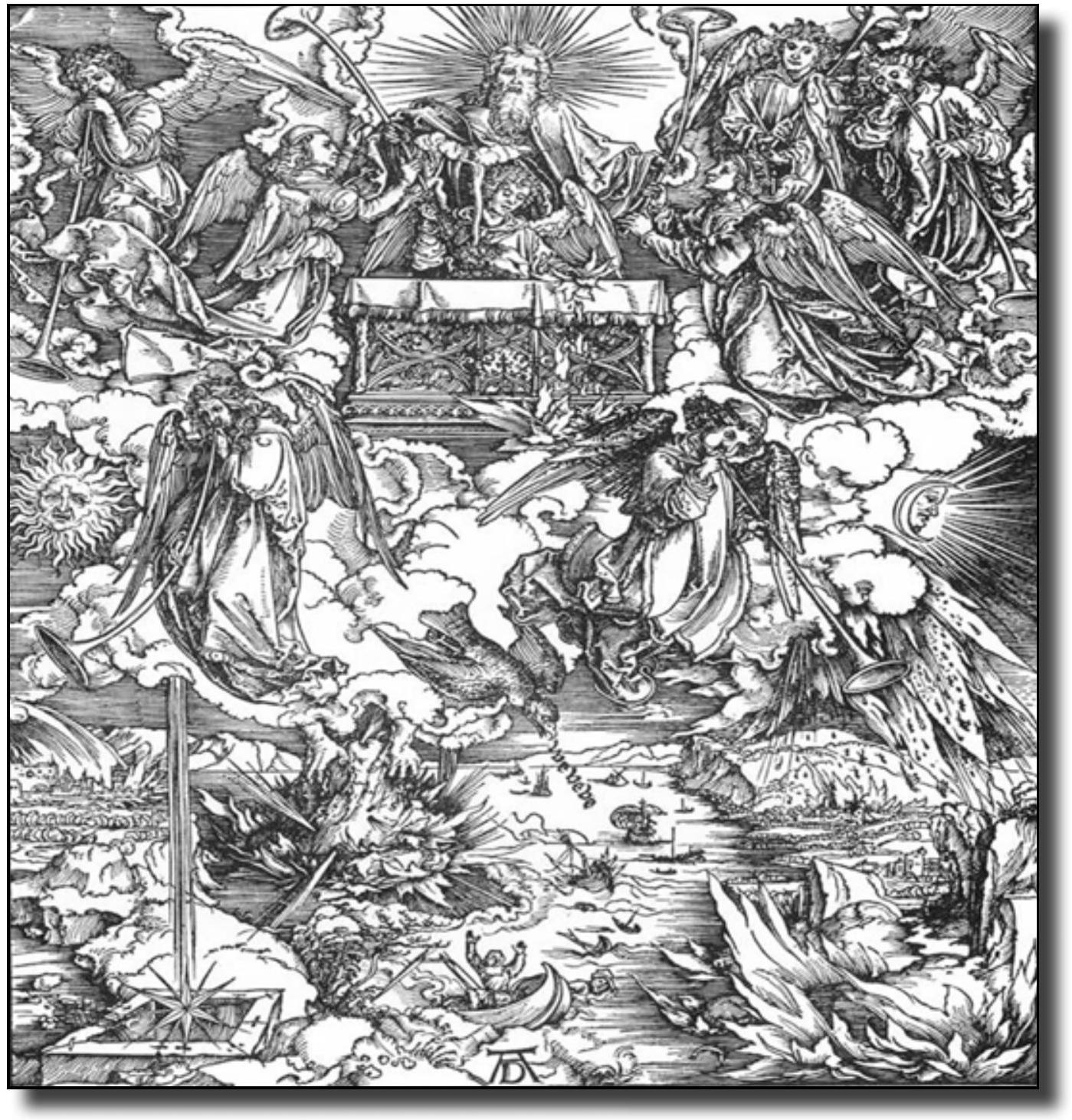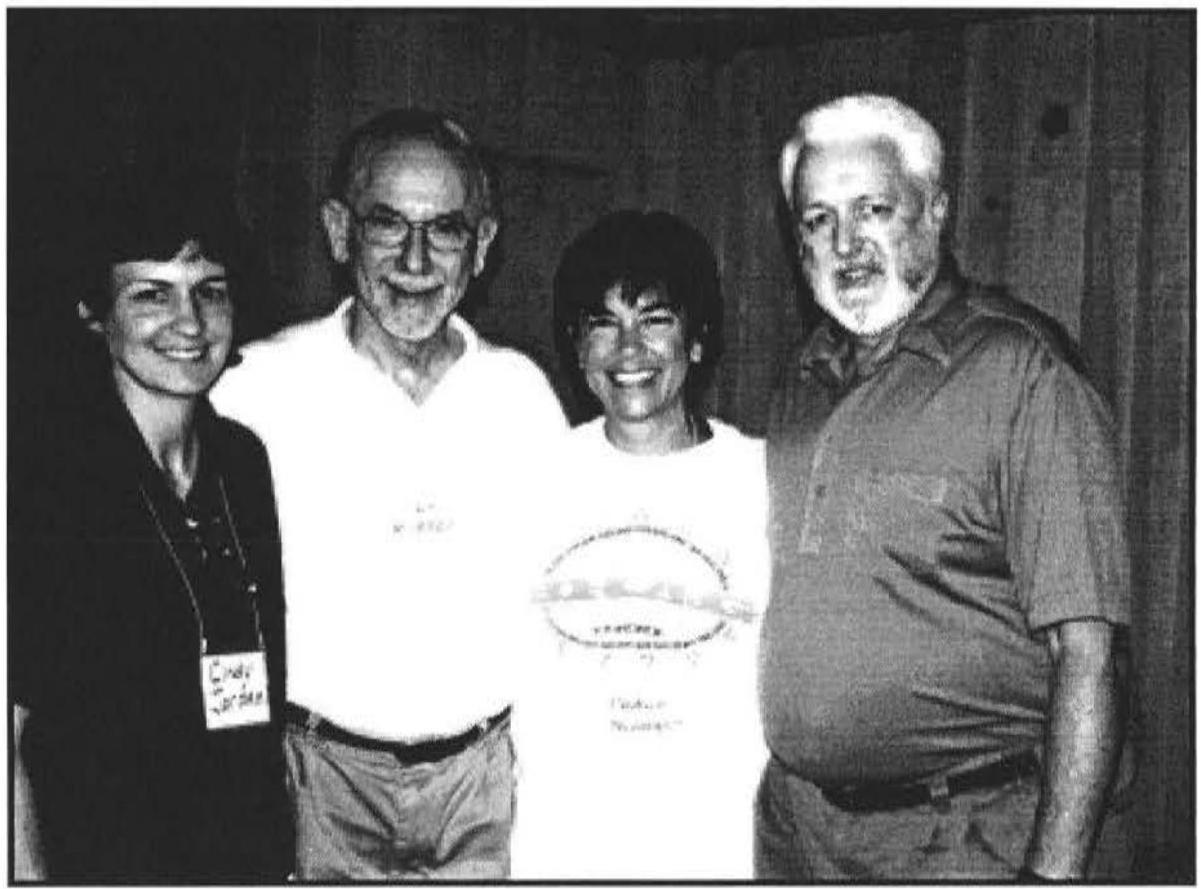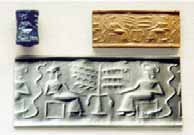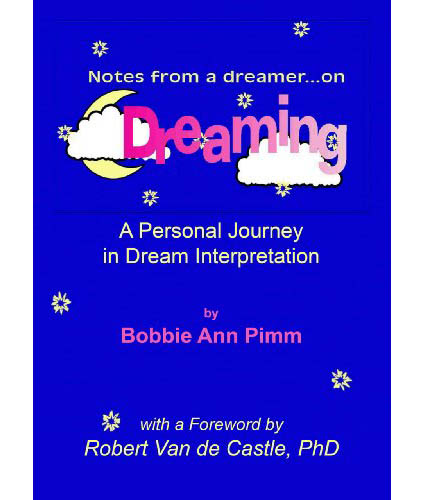
The Red Book is big. It is heavy. It is hard to hold. You have to sit with it in an armchair or at the dining room table to read it. It is filled with beautiful, mystical drawings. It is written in an ancient language. The pages, originally parchment, are bound in red leather.
The Red Book was first a series of black books, later transferred and expanded with drawings and commentary into what was first called the Liber Novus (the new book). The completed additions now have three parts: the Liber Primus, the Liber Secundus and the Liber Tertius. It is Jung's personal journal from his fallow years. All of his later work, including his post-Freud work, and, in reality, all of his major work, was gestated in these fallow years, The Red Book years. In the opening words of The Red Book, Jung puts it powerfully: "The years of which I have spoken to you, when I pursued the inner images, were the most important time of my life. Everything else is to be derived from this. It began at that time, and the later details hardly matter anymore. My entire life consisted in elaborating what had burst forth from the unconscious and flooded like an enigmatic stream and threatened to break me. That was the stuff and material for more than only one life. Everything later was merely the outer classification, the scientific elaboration and the integration into life. But the numinous beginning, which contained everything, was then." C. G. Jung 1957
Sonu Shamdasani, editor of The Red Book, says that those who read it need to live with it for at least a year. For me it will take at least three, maybe a lifetime. Jungian Analyst J. Gary Sparks says he is not sure even Jung understood it all. So, neither should we expect to understand it all. Jung did not leave instructions to release The Red Book or not to release it, but the family kept it private for 50 years, first in a kitchen cabinet and then in a Swiss Bank vault. The editors worked with it in private for 6 years. Although Jung started it in 1913, it was not published for us to see until 2009, almost 100 years after it was begun.
Carl Jung was set to become the crown prince of the Freudian world. Yet these two giants of the analytical world split in 1913. The surface reason for the break was that Freud wanted Jung to adhere to the theory that the sexual urge was at the base of all things. Jung admitted that the sexual urge was, indeed, significant, but did not present the total picture. This disagreement was the surface reason for the break, but perhaps the deeper reason was that Jung had a father complex he projected onto Freud.
I say, "Thank God Jung had a Father complex." Had not had a father complex, he might never have broken from Freud, might never have gone into the fallow years, never given us all the wisdom in volumes VI-XX of The Collected Works. And there might never have been a Red Book. Nor the Myers Briggs Typology. The 12 Steps of AA. The concept of the collective unconscious. There might never have been a deeper understanding of the dream world. So, what is The Red Book and what is in it?
Jungian Analyst Murray Stein puts it succinctly: "The Red Book is a highly stylized record of a midlife man's struggle with his soul." It does have the feel and look of The Irish Celtic Book of Kells. It is highly stylized with calligraphy and mystic paintings. Like most midlife sagas, it shows a depressed man whose religion was not working for him. Much of the book is active imagination in which Jung is wrestling with his life, the Divine and his soul. He discovers an autonomous source in his active imagination that relates to him and puts him in touch with deep wisdom and with the Divine. It is a timeless document of the soul.
The year 1913 was quite a year for Jung. He was in midlife, actually 38, when this intense inner dialogue began. He made the decision to become somewhat of a hermit and purposely decided to go deeper into his unconscious. January 6th was his last letter to Freud. April 20th he resigned as President of the International Congress of Analytical Psychology. He resigned his position at the Hospital in Zurich. November 12 was the day of his first active imagination. He was now on his own doing his inner work.
In April, May, and June of 1914 he was having dreams that Europe was frozen. Everything was dead. He thought he was becoming psychotic, but in actually it was the unconscious commenting on WWI, a war that broke out in August 1914.
Jung's active imaginations are recorded in his black books from 1913 to 1930. There were several drafts of the black books. The 1914 draft contained 50% material from the black books written to date and 50% commentary. Then there was a corrected draft. In 1915, during WWI, he put it into a particular form and careful text on parchment. When the parchment did not work well, he transferred it all to a big red leather bound journal. This was the Liber Primus.
The Liber Secundus (second book) is more archetypical, imbued with fascinating pictures. This second section of The Red Book stops in mid sentence. When Jung gets interested in Alchemy, he stops writing in The Red Book. This is also when he begins his outer journey of creating stone sculptures from his dreams and visions at Bollingen, his tower retreat. So, the inner journey of The Red Book is now transferred to outer expression
In the third section of the present Red Book, Philemon appears. Jung, like Dante, realizes that reason won't carry him the whole way on his life's spiritual journey. He needs a guide to break in in a new way. This guide is Philemon. Jung allows himself to go deep into the unconscious and relate to the figures he finds there. His Red Book is full of what we now call active imagination. He meets Philemon and others in his imagination and dreams. He discovers they are autonomous aspects of himself that he cannot control. There is a beautiful image in this section of tending your own garden, your own soul. Philemon is the model of this. Jung discovers that we must welcome the irrational into our home. We must learn how to be comfortable with the irrational and make sense of it.
One of the most poignant parts of The Red Book is Jung's distinction between "the spirit of the times" and "the spirit of the depths." The spirit of the times corresponds to personality #1 and the spirit of the depths to personality #2 that Jung spoke of in Memories, Dream, and Reflections. This "spirit of the depths" leads him to the things of the soul. Jung says that the task of individuation is to establish a relationship with the fantasy figures and integrate them into consciousness.
So, The Red Book is, in actuality, the story of Jung's individuation.
As we get enmeshed in The Red Book it becomes evident that what each of us is called to do is to write and sketch our own Red Book.
One note of caution: the book is so impressive and Jung is so impressive, that we need to be aware of projecting godly qualities onto Jung. I love the fact that Jung himself said, "Thank God I am not a Jungian." And Jung said we are not to imitate Christ, but live out our life just as authentically and related to the Divine as Jesus lived out his life.
There is something good about waiting 50 years to publish The Red Book. Maybe the world (and we) are better prepared to receive it.

